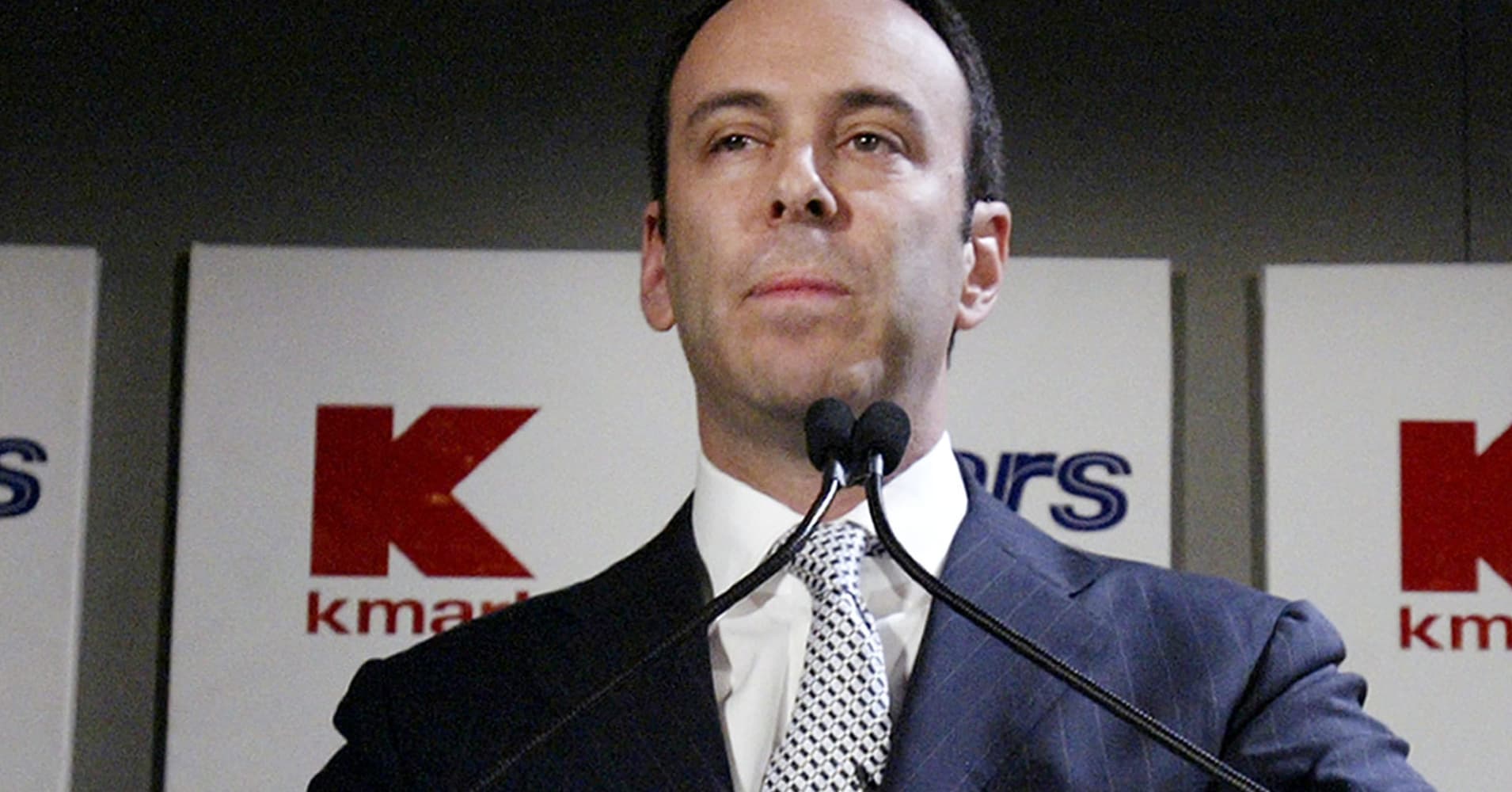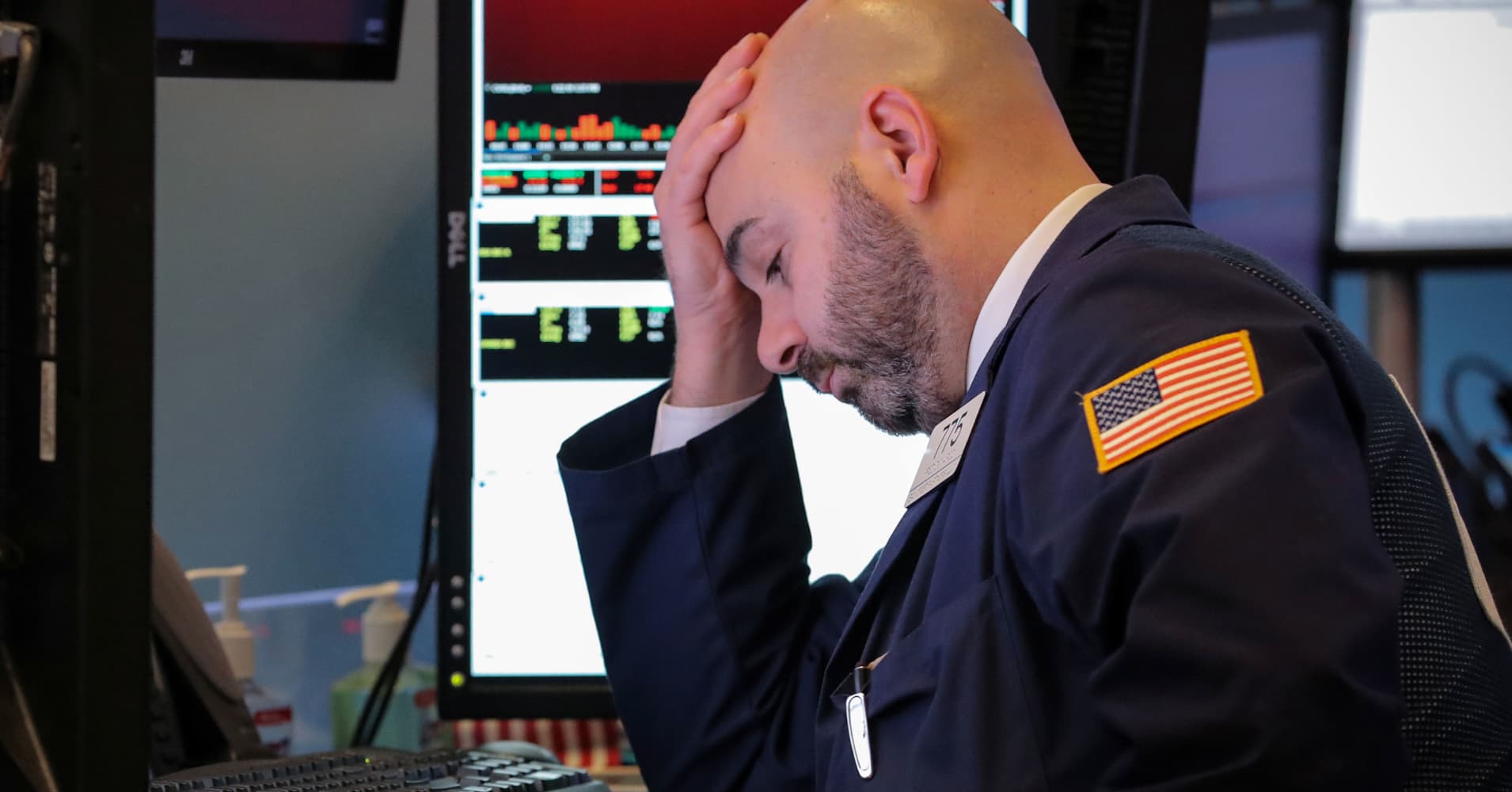
As questions have swirled about the viability and motivation behind Eddie Lampert’s $5.2 billion purchase of Sears of out bankruptcy, one notion has been constant: his offer is the only one that would save 45,000 jobs.
Now, even that tenet has been thrust into question. Sears’ unsecured creditors took to the U.S. Bankruptcy Court for the Southern District of New York in White Plains on Monday to protest Lampert’s bid for Sears. In cross-examinations of Sears’ financial advisor, Lazard’s Brandon Aebersold, and board member William Transier, the unsecured creditors’ legal counsel dug into the uncertainty that persists around Sears’ ability to grant continued employment.
Lampert, Sears’ chairman, is purchasing Sears through an affiliate of his hedge fund ESL Investments. As part of the proposed deal, Lampert has said he is aiming to buy 425 stores, which equates to roughly 45,000 jobs. But the exact stores Lampert will continue to operate, and thereby the official number, has not been formalized. Lampert has until May to do so.
Meantime, Sears, which also operates Kmart stores, plans to close more stores in 2019 and beyond, a point its unsecured creditors raised in court.
Akin Gump’s Joseph Sorkin, legal counsel to the unsecured creditors, asked Lazard’s Aebersold how many stores the company plans on closing in 2019. When Aebersold responded that he did not know, Sorkin followed up about the number of jobs that could be impacted.
“Do you know how many employees will lose their jobs over the course of 2019 as a result of the plans ESL has?” he asked. Aebersold likewise did not know the impact on jobs.
Lampert’s bid, and its ability to save jobs, has become a touchpoint.
In a letter addressed to Lampert, Democratic presidential candidate Sen. Elizabeth Warren recently wrote: “I am concerned that under your leadership, Sears may continue to struggle and employees will continue to face uncertainty and anxiety over their future employment, and ongoing risks to their benefits and economic security.”
Meantime, workers rights group Rise Up Retail has been leading rallies of current and former Sears workers to advocate for the protections of workers following Sears’ bankruptcy.
Sears declined to comment.
WATCH:Sears was the Amazon of the 1930s. Here’s where the retailer is today





